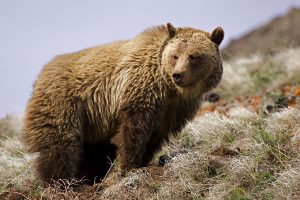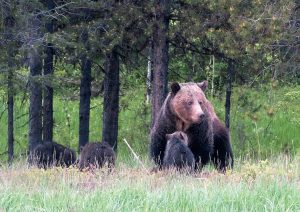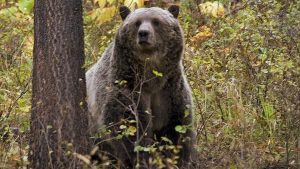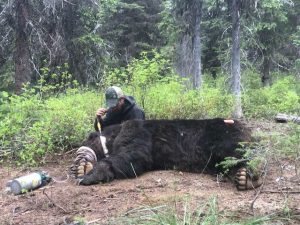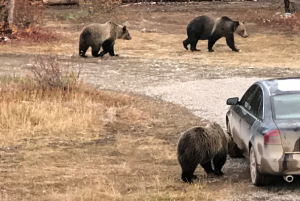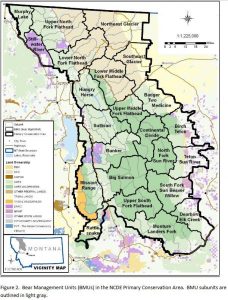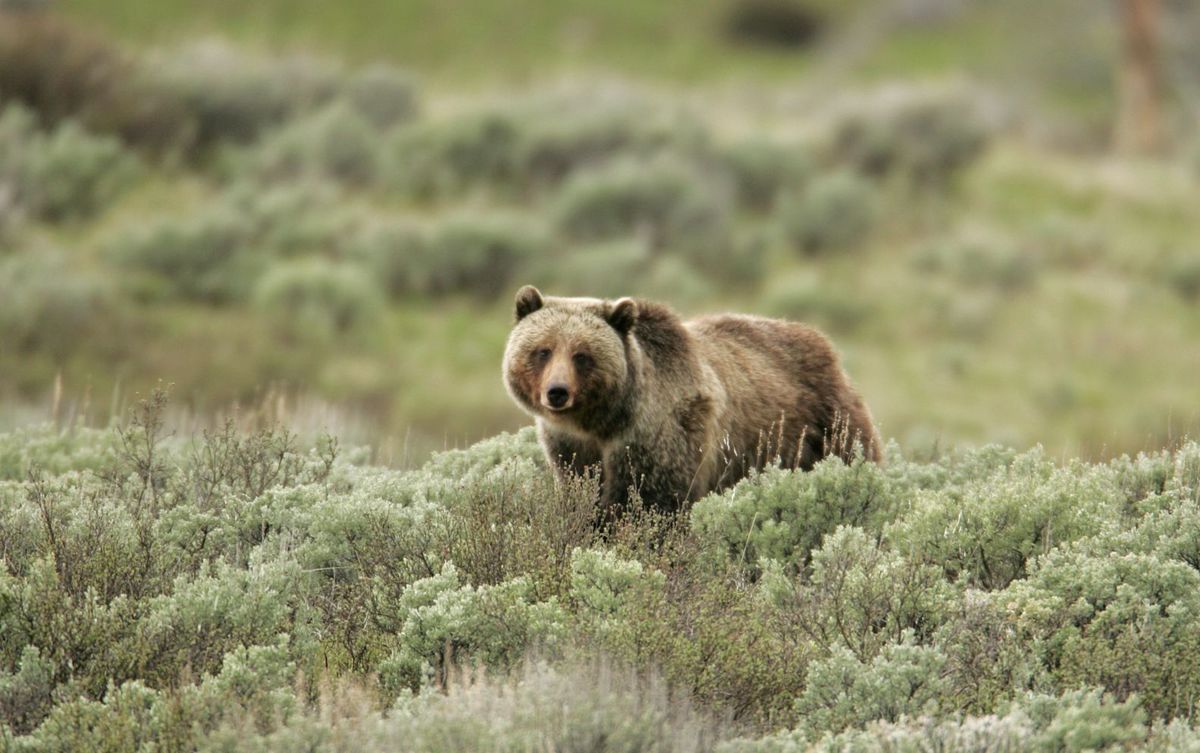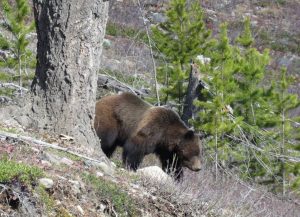
Local grizzly specialist Justine Vallieres is featured in this excellent article on human-bear conflict management efforts this year. A couple of North Forkers and the Bear Smart program get a mention, too . . .
Even though grizzly specialist Justine Vallieres responded to fewer human-bear conflict calls in northwest Montana this year compared to last, she filled what little downtime that afforded her by ramping up her education and outreach curriculum.
“We’re pushing preventative measures and trying to set as few traps as possible,” Vallieres, a wildlife conflict management specialist for Montana Fish, Wildlife and Parks (FWP), told members of the Interagency Grizzly Bear Committee (IGBC), who gathered for their annual winter meeting on Dec. 3 and 4 in Choteau. “I can set trap after trap after trap, but if the unsecured attractants are still there, the problem will keep recurring.”
For Vallieres, pushing preventative measues meant installing more electric fences, observing that residents seem more willing to entertain the idea of non-lethal conflict prevention as a means to secure their livestock and grain. She also delivered 18 talks and attended six educational events, all the while keeping up with a steady stream of conflict calls related to grizzly and black bears.
